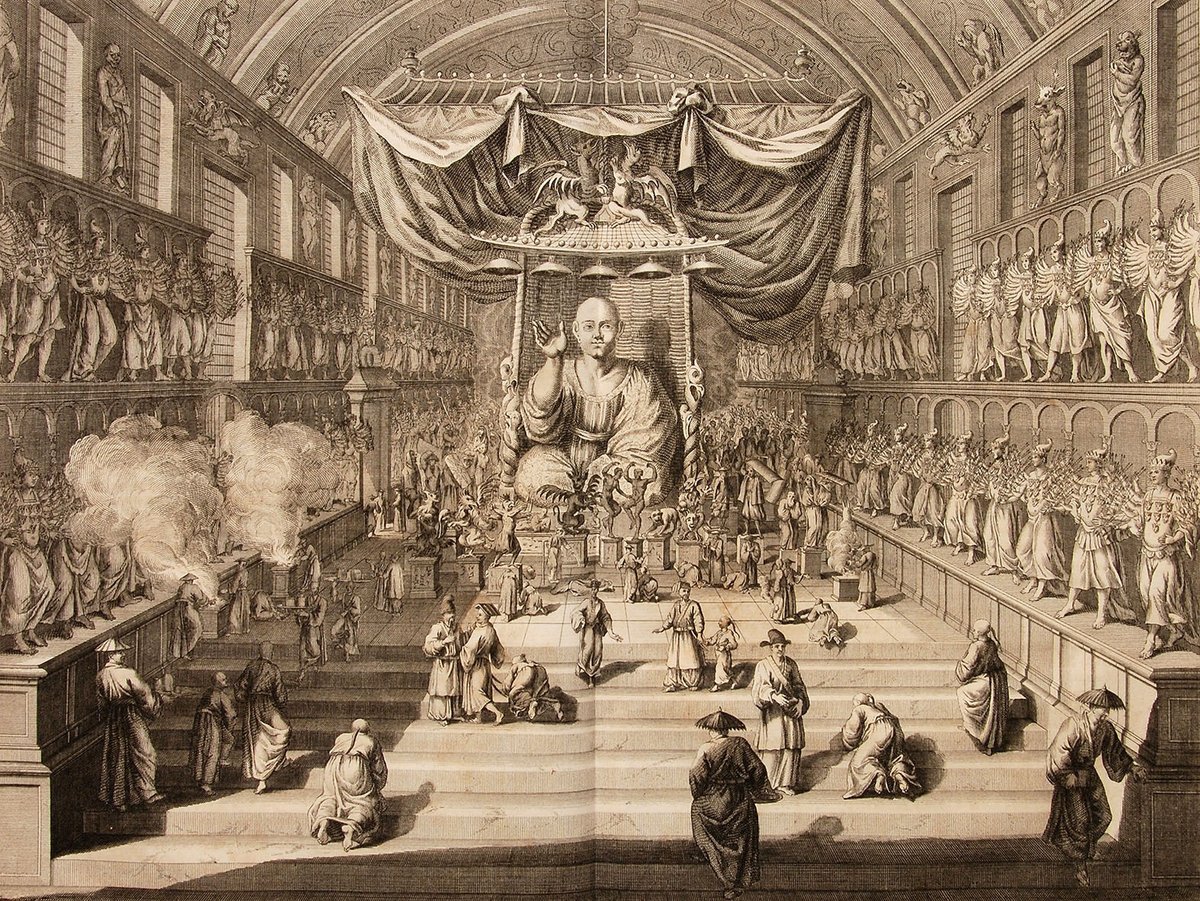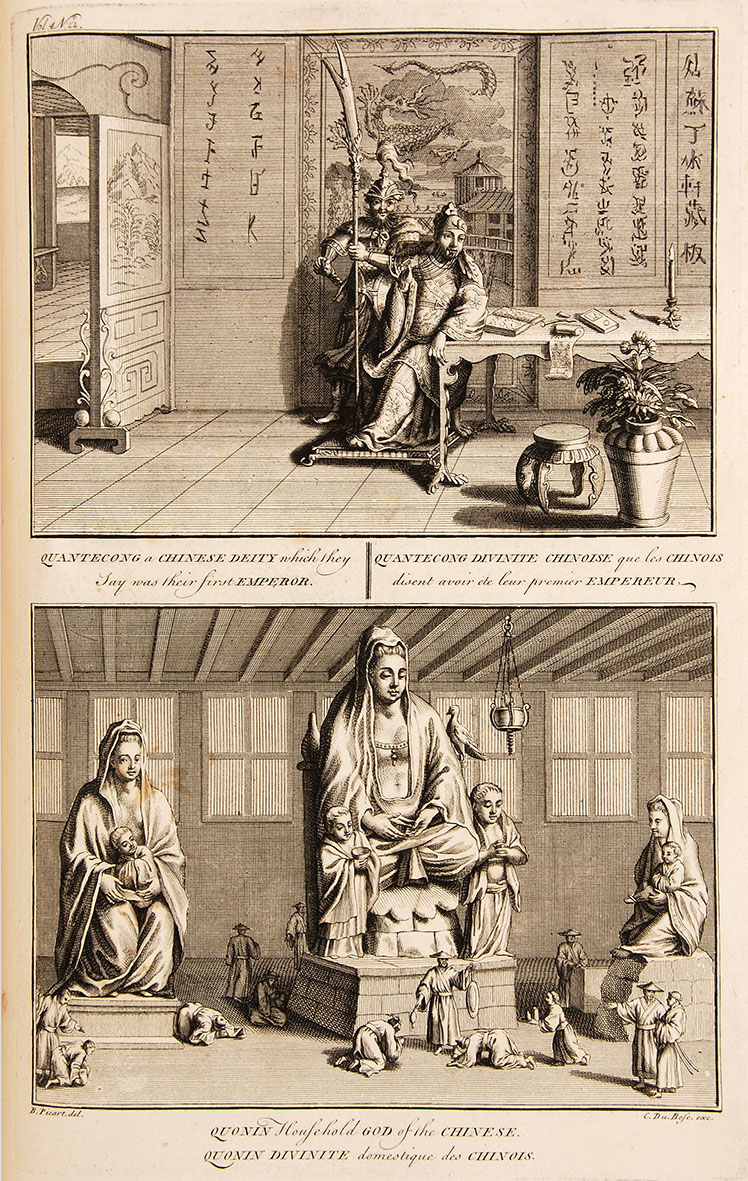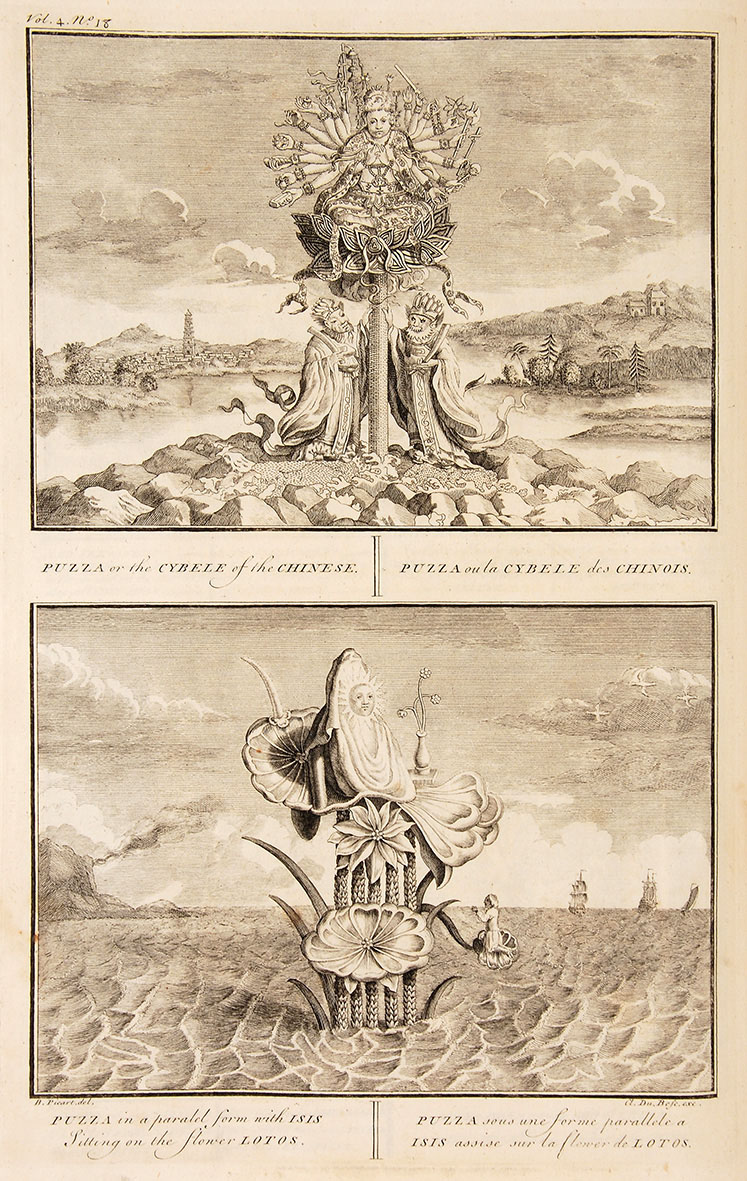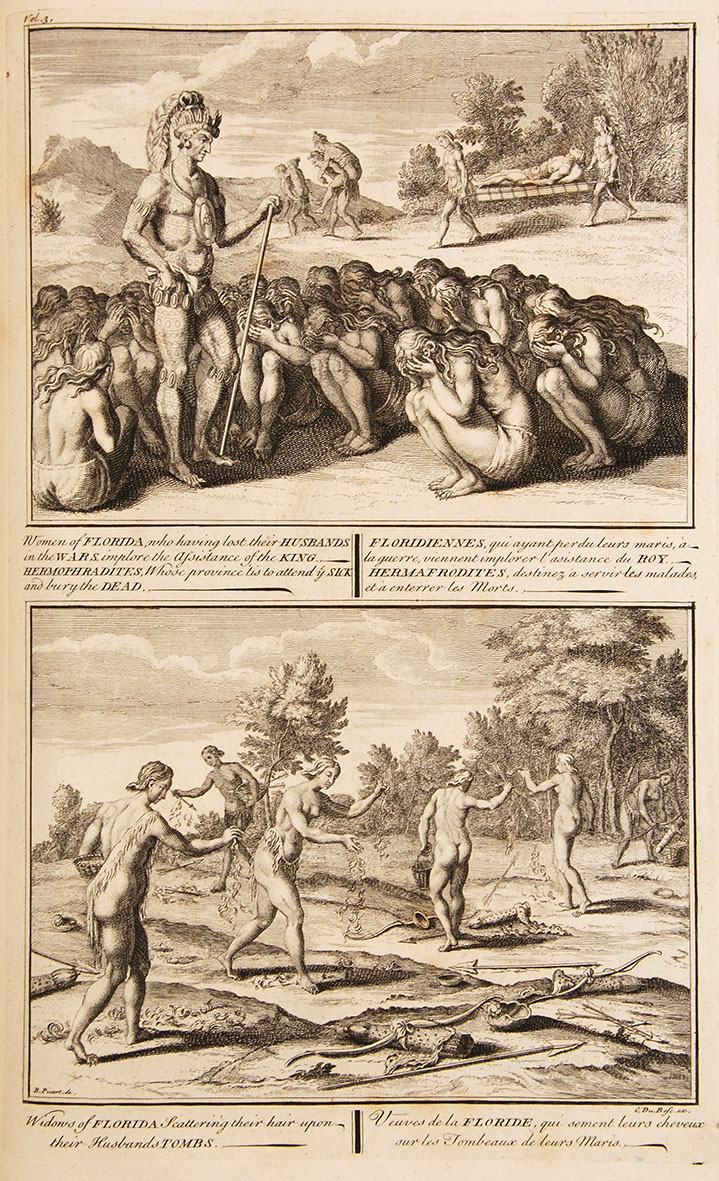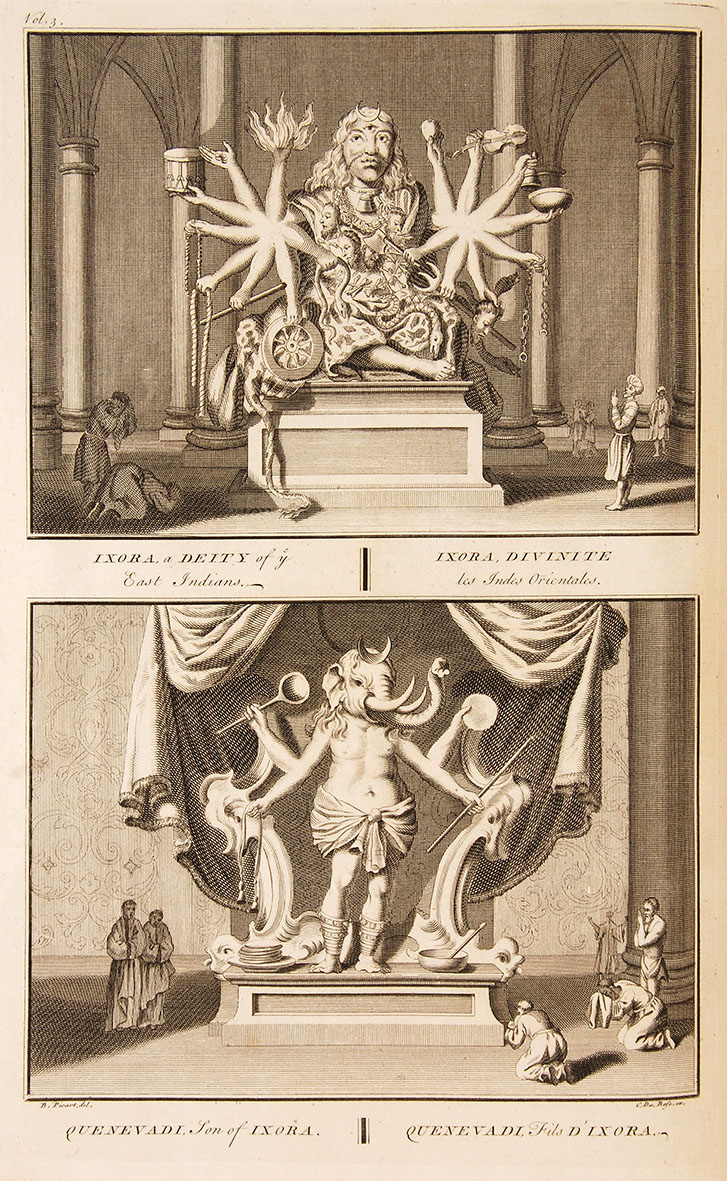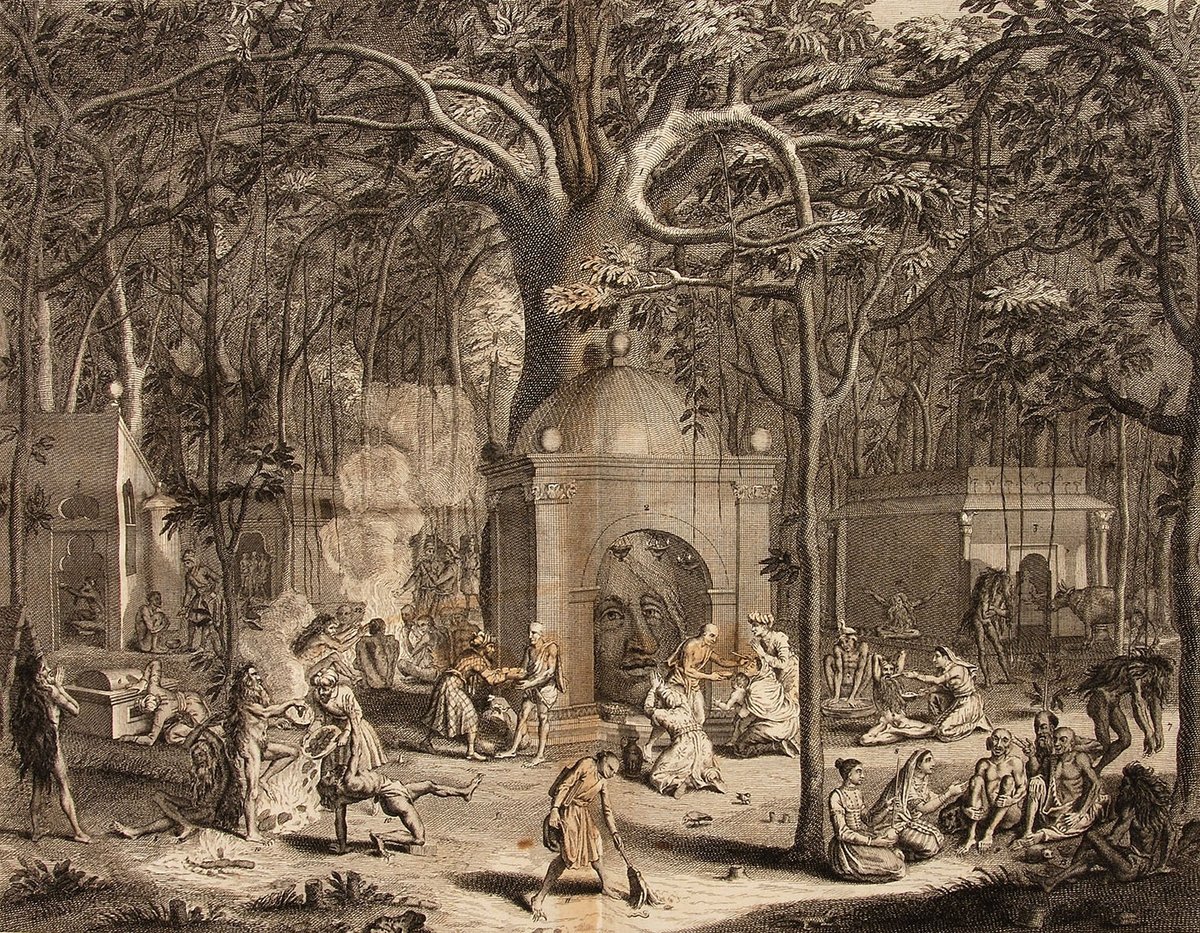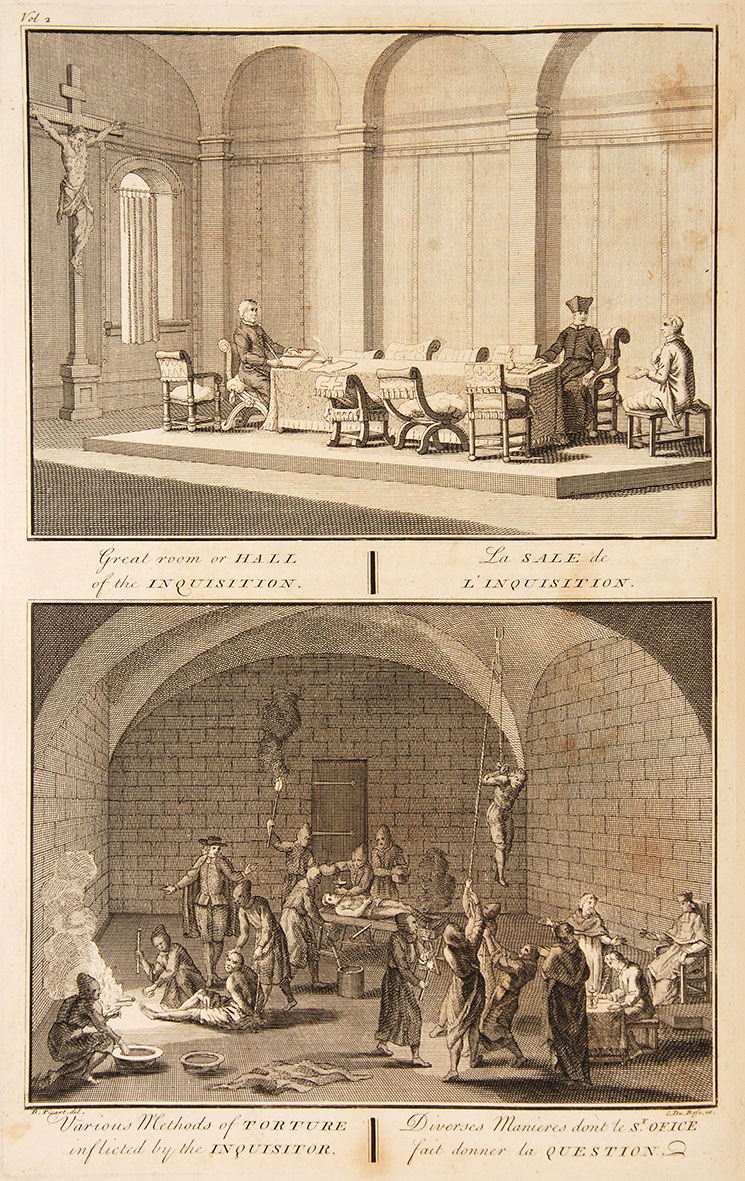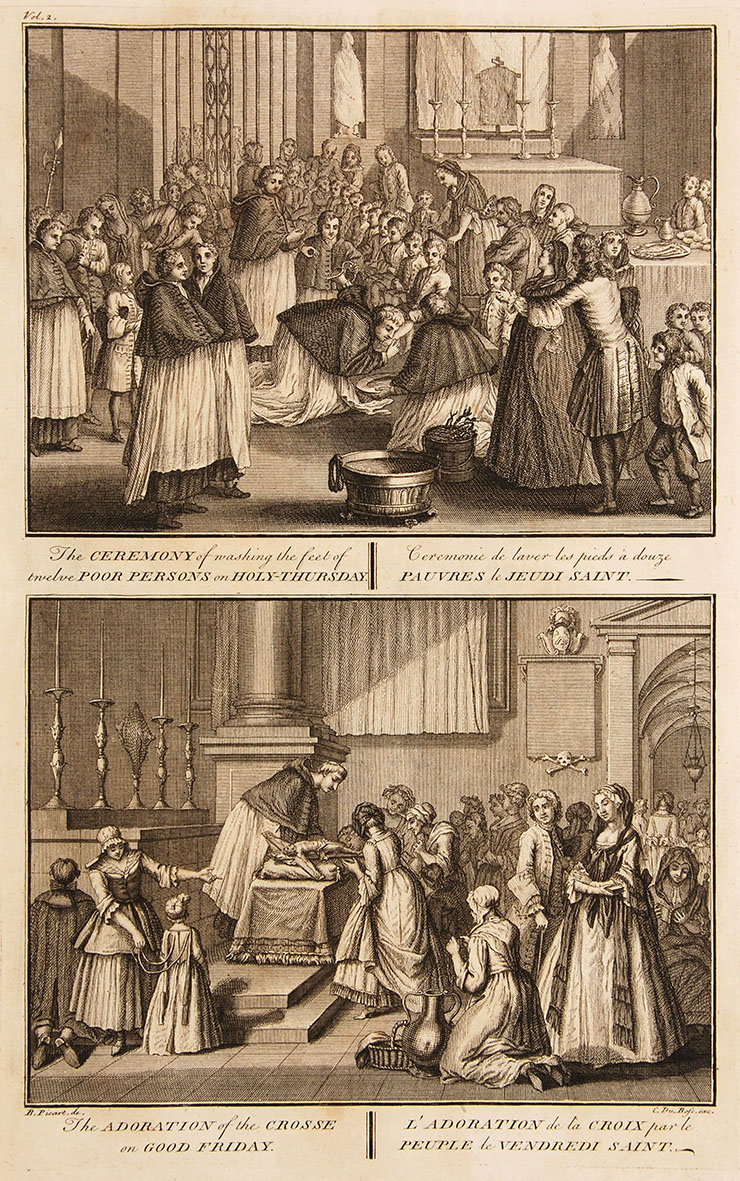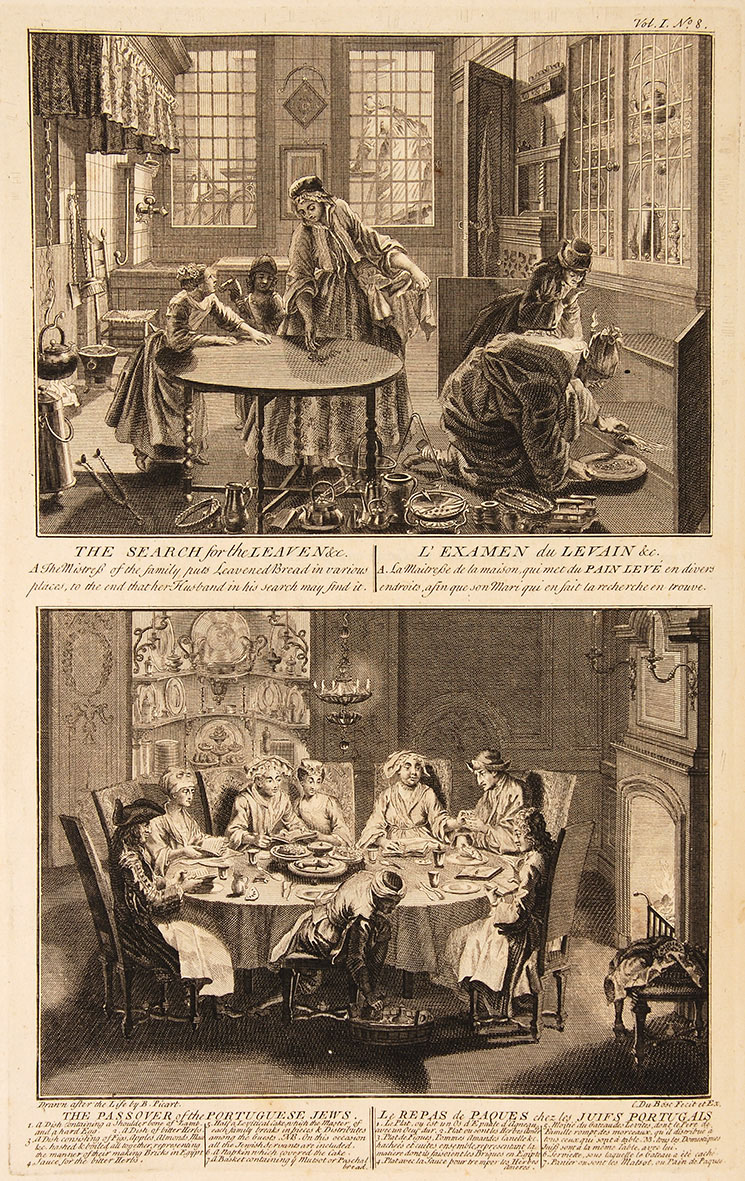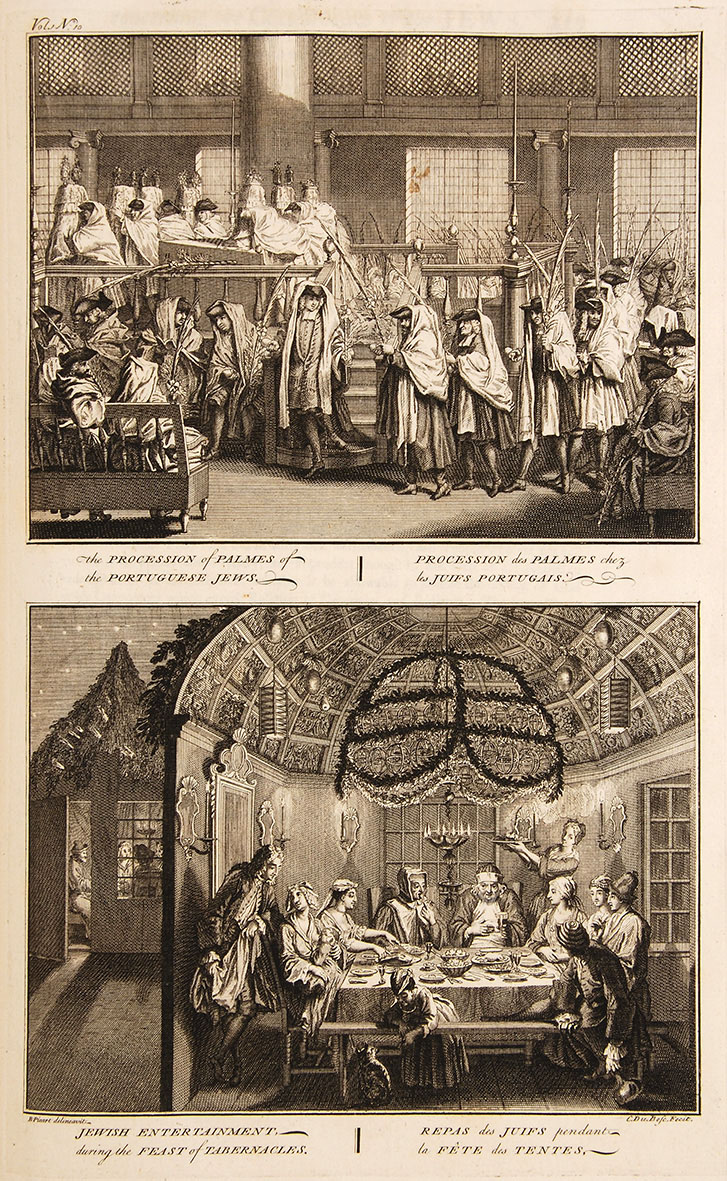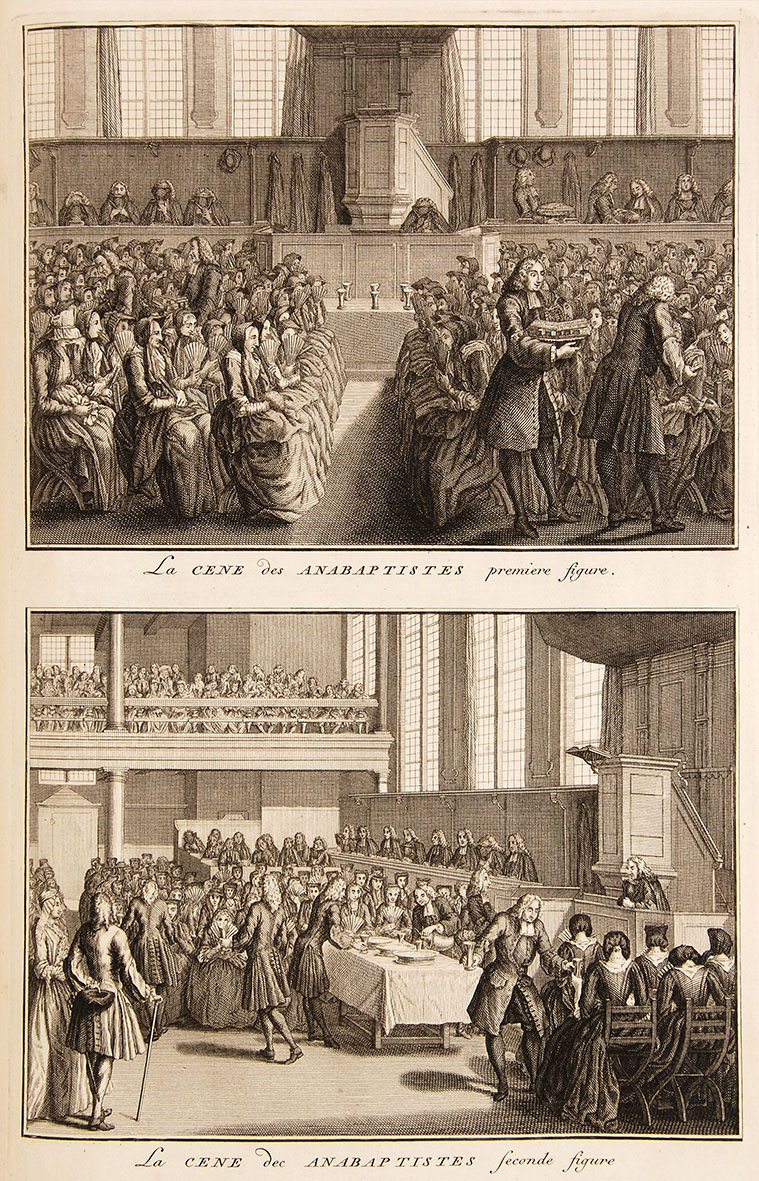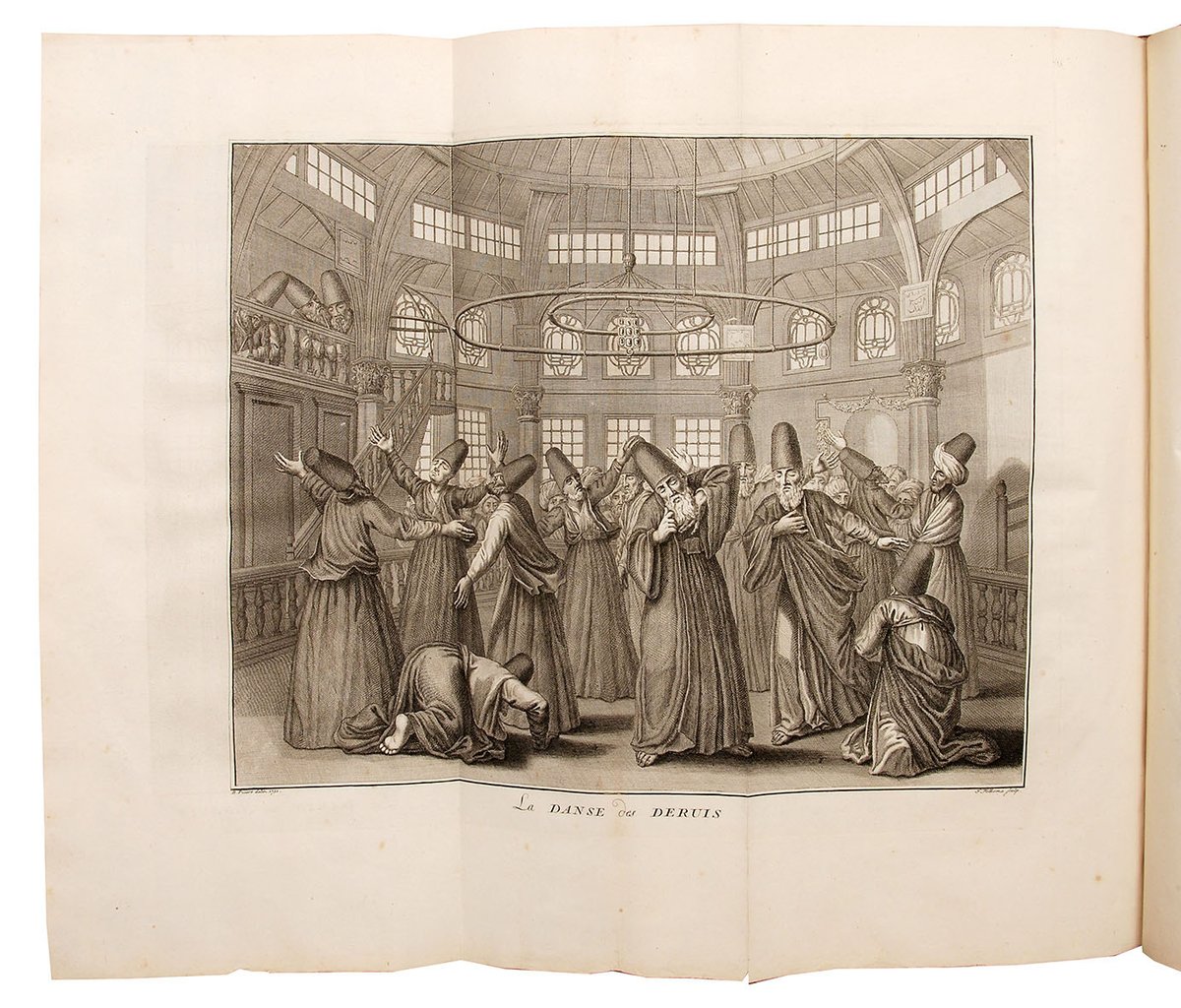The Ceremonies and Religious Customs of the Various Nations of the Known World - printed in London for Claude du Bosc, 1733-7.
The first English edition of Picart & Bernard's monumental survey of the religions of the world, a foundational document of the Enlightenment. 1/20
The first English edition of Picart & Bernard's monumental survey of the religions of the world, a foundational document of the Enlightenment. 1/20
Originally published between 1723 and 1737, the monumental Ceremonies and Religious Customs of the Various Nations was the result of a collaboration between Europe’s leading engraver, Bernard Picart, and the publisher and author Jean Frederic Bernard. 2/20
Both men were Protestant refugees driven by the Counter-Reformation from France to Amsterdam, where, in a fertile milieu of radicals and free-thinkers, they produced one of the world’s greatest religious books. 3/20
Born in France in 1680, Bernard moved to Amsterdam with his family in 1686. He became a full member of the bookseller’s guild in 1711 and though he possessed a good business acumen, books for him were more than just a business. 4/20
He became a highly selective publisher with a small catalogue dominated by free-spirited theological inquiry and travel literature. The trials his family faced in France deeply affected the young man, who developed a lifelong doubt about the value of established religion. 5/20
Bernard believed that it was his role as publisher to provide readers the information necessary to find their way out of the labyrinth of delusions and begin to decide religious matters for themselves. 6/20
After a decade in publishing, Bernard announced in 1720 his plan for a religious encyclopaedia. Eventually comprising 7 volumes and more than 200 engraved plates, The Religious Ceremonies was
a massive undertaking and the culmination of his life-long interest in religion. 7/20
a massive undertaking and the culmination of his life-long interest in religion. 7/20
By presenting the world’s religions as equally deserving of intellectual understanding, he ultimately made the case that there existed among all peoples a pure “natural religion” distinct from the elaborate and sometimes immoral practices imposed by priests. 8/20
To accomplish this he compiled the most accurate sources and added his own commentary. While guiding the reader with careful juxtapositions he also maintained an academic distance, allowing his sources to speak for themselves and the reader to make up his own mind. 9/20
Just as influential as the text, Picart’s engravings were small masterpieces, drawn from life wherever possible and otherwise taken from the most authentic sources. The engraver constantly strove to make foreign deities and practices more palatable
to European viewers. 10/20
to European viewers. 10/20
He achieved this by putting unfamiliar deities on classical pedestals, by excluding the scenes of greatest violence depicted by his predecessors and ultimately, by setting up subtle comparisons between Western & non-Western, civilized & savage, or Christian & pagan rituals. 11/20
The first volume of the series, Judiasm, was a model of respectful inquiry. Bernard would treat Judaism as a kind of prototypical religion, comparable to all others, including Christianity. 12/20
Picart worked hard to gain admission to Shepardic ceremonies in Amsterdam, which he then drew from life. In his depictions of Jewish rituals he did everything possible to evoke an affirmative response in the viewer. 13/20
The results of these efforts are sensitively drawn portraits of a persecuted minority, and are now considered among the best sources for contemporary Dutch Jewish culture. 14/20
Despite its radical perspective, Religious Ceremonies was a publishing phenomenon, selling out in the first edition of 1200 copies and remaining a bestseller for the next century. 15/20
This first English edition, published with Bernard’s approval, sold so well that a single-volume edition followed in 1741. While the English translator expurgated some heretical passages, the translation is, unlike later editions, true to Bernard & Picart’s grand vision. 16/20
As a reference book it was unprecedented; no other work before then had ever attempted, in word and image, such a grand sweep of human religions. But as a meditation on culture it was revolutionary. 17/20
It sowed the radical idea that religions could be compared on equal terms, and therefore that all religions were equally worthy of respect – and criticism. 18/20
It turned belief in one unique, absolute, and God-given truth into ‘religion’, that is, into individual ceremonies and customs that reflected the truths relative to each people and culture. 19/20
Thanks for reading. This thread is indebted to and sometimes quotes directly from, Lynn Hunt, Margaret Jacob, and Wijnand Mijnhardt's WONDERFUL book "The Book That Changed Europe: Picart and Bernard's "Religious Ceremonies of the World" (Harvard University Press, 2010). 20/20

 Read on Twitter
Read on Twitter
